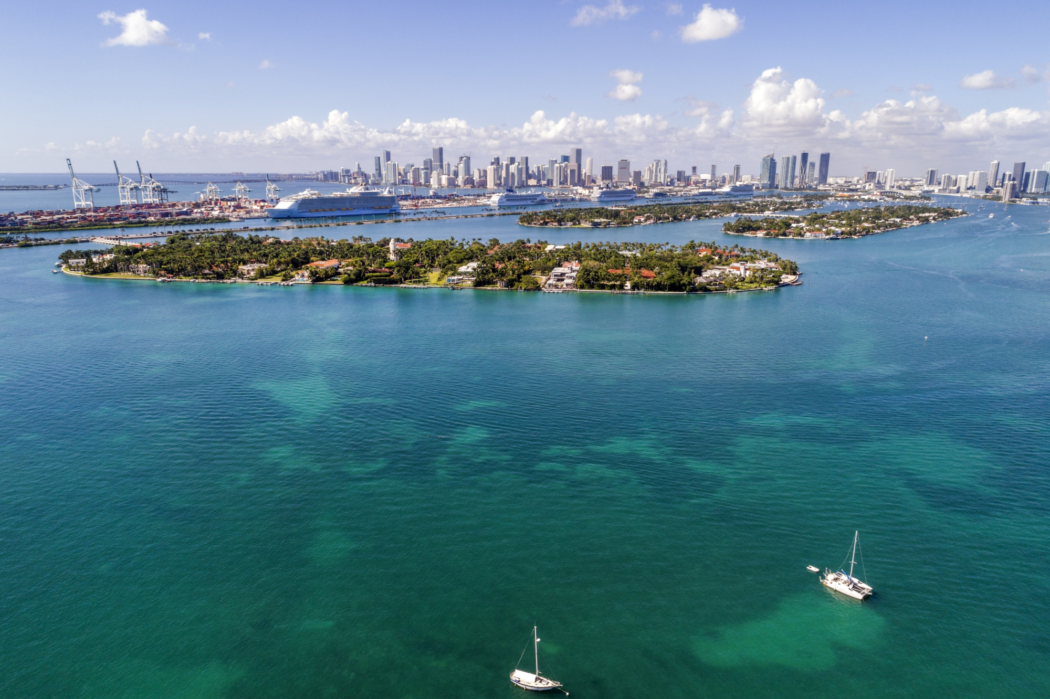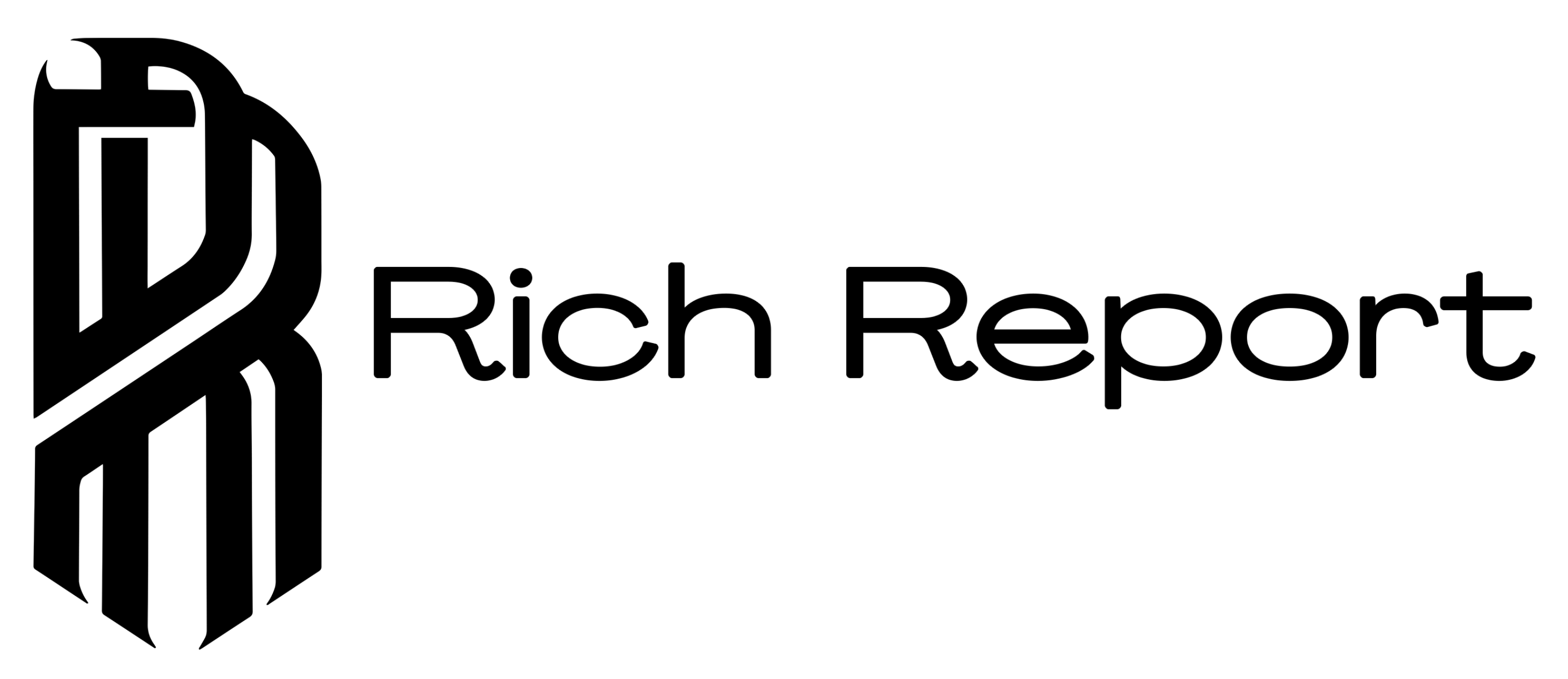In the realm of Star Island, Miami’s most exclusive enclave, a recent revelation has sent shockwaves through its privileged residents: a staggering annual homeowners insurance premium of $622,000. It’s essential to note that this astronomical sum is not an anomaly but rather a reflection of the evolving landscape of home insurance in affluent communities across the nation, where the price tag and the looming specter of climate change risks appear to be of little concern.

From the opulent estates of Biscayne Bay’s Star Island, inhabited by luminaries such as Rick Ross, Ken Griffin, and Alex Rodriguez, to the luxurious havens of Miami, Aspen, Napa, and Maui, the dynamics of home insurance are redefining the boundaries of habitation and its associated financial implications. Even before Hurricane Idalia unleashed its devastation upon Florida’s Gulf Coast, a substantial portion of the Sunshine State’s population was grappling with the increasing unaffordability of insurance policies.
In the past three years alone, Florida has witnessed a threefold surge in insurance rates, prompting a growing number of insurers, including Farmers Insurance, to cease offering home policies in the state, deeming the risks insurmountable. Similar challenges have emerged in California, with concerns that the aftermath of catastrophic wildfires might prompt a similar retreat by insurers in Hawaii.

While multimillionaires and billionaires who have made these coastal paradises their abode may bear the brunt of escalating insurance costs, an alarming trend is emerging—many well-heeled residents are opting to forgo hurricane insurance, disregarding the perils it entails. This phenomenon is catalyzing what experts term “climate gentrification,” effectively limiting the ability of individuals with more modest means to secure coverage against extreme weather events, floods, and wildfires in an increasingly warming world.
Mark Friedlander, a director at the Insurance Information Institute, asserts, “Only wealthy Americans are going to be able to afford to buy homes in some of these coastal communities.” Even for the moderately affluent, the escalating insurance expenses are verging on the unmanageable. High-value insurance, which encompasses policies covering homes valued at over ” million, is outpacing premium increases for more modestly valued homes by an astonishing factor ranging from two to 70-fold.

Cindy Zobian, managing director at insurance broker Alliant Private Client, attests to the unprecedented nature of these rate hikes. She states, “I’ve done this 32 years and I’ve never seen rates rise the way it’s happening today.” It is not uncommon for rate increases to reach up to 800%, often coupled with reduced coverage limits.
In Florida, the conundrum revolves around an influx of residents into areas susceptible to rising sea levels and increasingly severe tropical storms. The narrative of the mansion on Star Island is emblematic of this issue. Just months ago, the owner of a $50 million estate was astounded by a $622,000 annual insurance quote, ultimately opting for flood coverage alone and relying on the robust construction of the house to withstand hurricanes.
The situation is equally dire for those of modest wealth. For instance, a doctor recently faced a $60,000 home insurance bill, reflecting a 62% increase from the previous year. Instead of bearing this exorbitant cost, he chose to pay off his mortgage to secure a more affordable, albeit pared-down, policy.
In Florida, this predicament arises from a confluence of factors, including a significant population influx into regions vulnerable to rising sea levels and an uptick in intense tropical storms. The economic fallout from this phenomenon is particularly harsh for the moderately affluent segment of society, such as professionals with mortgages.
The reverberations of this crisis extend beyond Florida’s borders. In Aspen, a region plagued by concerns about wildfires, home insurance premiums are also on the rise. A recent policy renewal for a multimillion-dollar home saw premiums increase sixfold to $36,000. California, grappling with a mix of escalating premiums and decades of gentrification, is witnessing prominent insurers like Allstate and State Farm halting the issuance of new home insurance policies. This has left mansion owners with limited options and forced them to turn to specialty insurers like AIG or Lloyd’s, often at exorbitant costs.
The broader question looms: How will these developments reshape the real estate landscape and the communities grappling with an influx of new residents and their substantial wealth? Soaring insurance costs have deterred some real estate transactions in Miami, particularly affecting first-time homebuyers. However, with Miami aggressively positioning itself as a financial hub and a tax-friendly alternative to major metropolises, many high-end buyers are wagering that the expenses will be offset.

Despite these challenges, the affluent are exploring various strategies, from reclassifying items for insurance purposes to self-insuring, bolstering mitigation efforts, and adapting to the heightened risks associated with climate change. This paradigm shift has turned what was once a routine facet of the affluent lifestyle into a matter of deep concern and discussion, indicative of the profound impact of these developments.
As individuals like Chris Rim, a college consultant, contemplate the possibility of their premiums doubling after a major hurricane, the choice to self-insure becomes a looming reality. In this evolving landscape, where financial pragmatism meets environmental concerns, the affluent are navigating uncharted waters, driven by the imperative to secure their assets in a world increasingly defined by climate risk factors.




